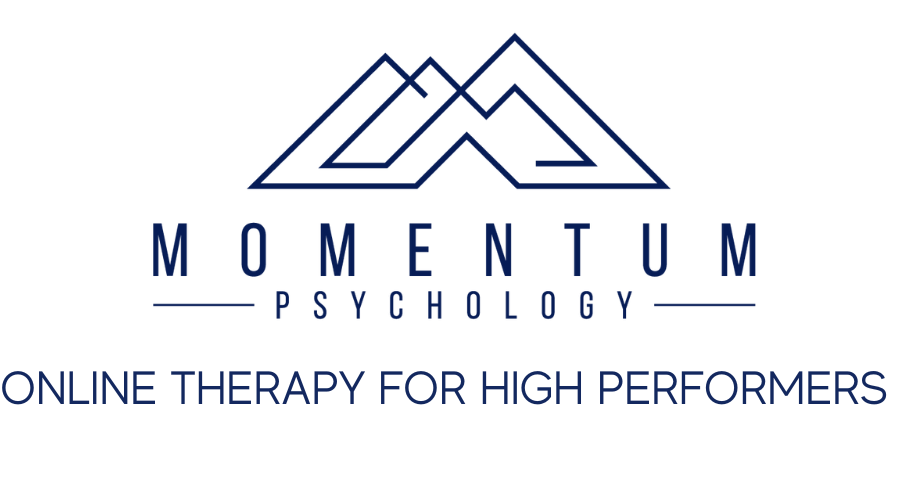In the high-stakes world of business, vulnerability might not seem like an asset. However, in recent years, executives and leaders are increasingly recognizing its power as a transformative tool. Welcome to a discussion that explores a paradigm shift: “The Power of Vulnerability: Therapy for Executives.” This blog delves into a concept often reserved for personal relationships or therapy sessions and reveals its profound implications in the boardroom. We’ll unravel the misconceptions surrounding vulnerability in leadership and unveil its potential to foster authentic connections, enhance decision-making, and ultimately drive organizational success. Join us as we navigate through real-world examples, expert insights, and actionable strategies, all aimed at harnessing vulnerability as a catalyst for growth and innovation in the corporate landscape. Brace yourself for a journey that redefines leadership excellence—one where vulnerability emerges not as a weakness, but as a strategic advantage.

Vulnerability and Innovation: Fueling Creativity in Executive Leadership
In the fast-paced landscape of modern business, innovation has become the cornerstone of success. Yet, the path to innovation is often fraught with challenges and uncertainties. In this journey, executive leaders play a pivotal role, steering their organizations towards new horizons. However, what sets apart exceptional leaders from the rest is their willingness to embrace vulnerability. Contrary to traditional notions of leadership, vulnerability is not a sign of weakness but a catalyst for creativity and innovation. In this blog, we delve into the profound connection between vulnerability and innovation in executive leadership, exploring how embracing vulnerability can ignite a culture of creativity, drive meaningful change, and propel organizations towards unparalleled success.
Cultivating a Culture of Psychological Safety
Central to fostering innovation is the concept of psychological safety – and environment where team members feel empowered to take risks, share ideas, and express themselves without fear of judgment or reprisal. Executives who embrace vulnerability create this psychological safety net, encouraging experimentation and nurturing a culture of innovation.Inspiring Risk-Taking and Experimentation
Innovation thrives on risk-taking and experimentation, yet fear of failure often stifles creativity in organizations. By modeling vulnerability, executives demonstrate that it’s okay to take risks and make mistakes along the way. This mindset shift empowers teams to explore unconventional ideas and approaches, pushing the boundaries of what’s possible.Fostering a Growth Mindset
At the heart of innovation lies a growth mindset – the belief that abilities and intelligence can be developed through dedication and hard work. Vulnerable leaders embody this mindset, embracing challenges as opportunities for growth and learning. By cultivating a culture of continuous improvement, executives inspire innovation at every level of the organization.Building Empathy and Understanding
Effective innovation requires a deep understanding of customer needs, market dynamics, and emerging trends. Vulnerable leaders excel in this regard, as they are attuned to the emotions and perspectives of others. By empathizing with stakeholders, executives gain valuable insights that inform creative solutions and drive innovation forward.Navigating Ambiguity with Confidence
Innovation often unfolds in the face of ambiguity and uncertainty. Rather than shying away from these challenges, vulnerable leaders confront them head-on, guided by a sense of purpose and vision. By embracing ambiguity, executives inspire confidence and resilience in their teams, fostering an environment where innovation can thrive amidst uncertainty.
The Ripple Effect: How Vulnerability Transforms Organizational Performance
Vulnerability in leadership isn’t just a personal trait; it’s a catalyst for organizational change. When executives embrace vulnerability, it creates a ripple effect that permeates throughout the entire organization, transforming its performance and culture. In this blog, we explore the key points illustrating how vulnerability can lead to significant positive changes in organizational performance.- Fostering Trust and Transparency: Vulnerable leaders build trust by being authentic and transparent about their own challenges and shortcomings, setting a precedent for honesty and openness within the organization.
- Enhancing Employee Engagement: When employees see their leaders being vulnerable, they feel more connected and engaged, leading to increased morale, motivation, and productivity.
- Encouraging Innovation and Risk-Taking: Vulnerability cultivates a culture where taking risks and trying new ideas are encouraged, leading to greater innovation and creativity among team members.
- Improving Communication and Collaboration: Vulnerable leaders promote open communication and collaboration, breaking down silos and fostering a more cohesive and unified workforce.
